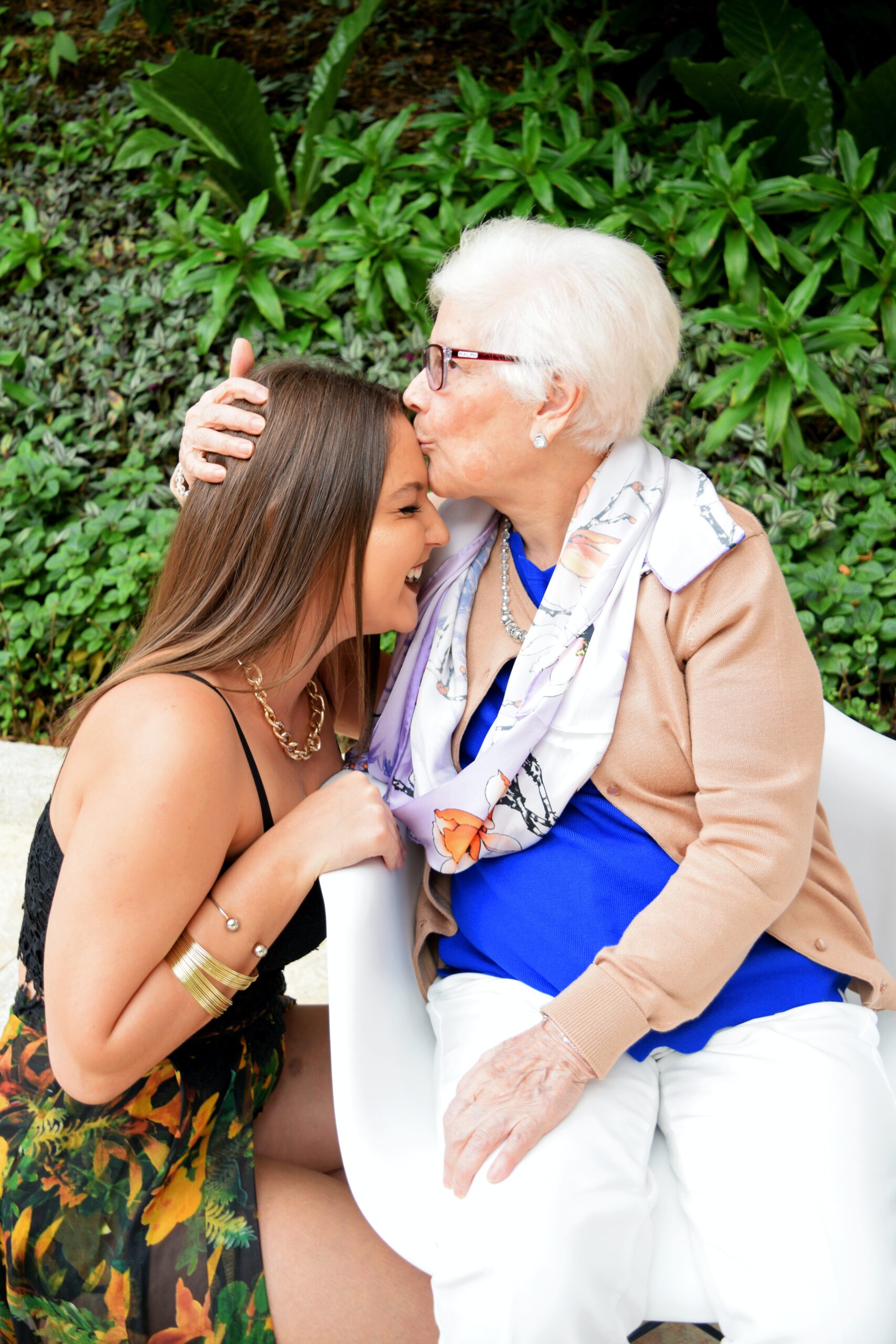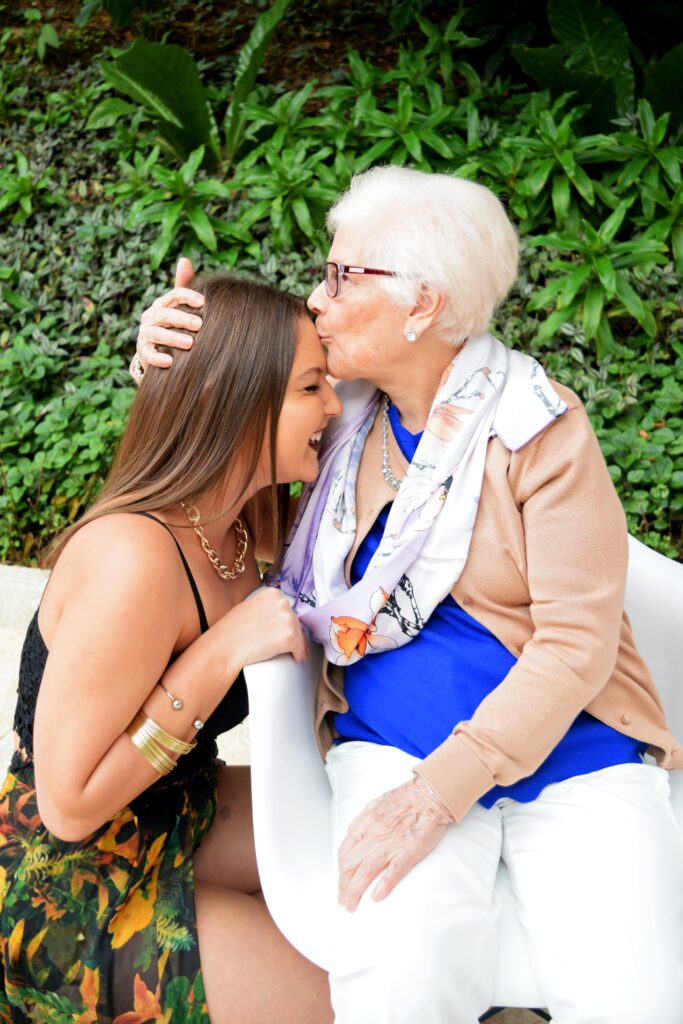
#Americans aged 65+ are at much higher risk for completing #suicide than other demographics

Aging is a privilege that not everyone gets to experience — but it also comes with unique stressors that can put your physical and #mentalhealth at risk. As of fall 2022, #adults over age 65 accounted for almost 17% of all #suicides in the U.S., despite making up just 12% of the population.
Geriatric #psychiatrist John Sanitato, MD, explains the unique risk factors that put older #adults at risk for #suicide and #mentalhealthconcerns — plus, how you can best be there for the people you love as they age.
Risk factors for #suicide in older #Americans
#Adults age 65+ are at much higher risk for completing #suicide than #adolescents and #teens. One in 200 #youth who attempt #suicide complete it, compared to 1 in 4 older #adults.
“When you think about the older #adult population, the big concern is loss,” Dr. Sanitato says. “There can be a loss of function, cognition, peer group, #financial stability and general well-being.”
He delves deeper into these risk factors and how they impact older people in particular.
#Mentalillness
The U.S. #CentersforDiseaseControl (#CDC) estimates that 46% percent of people who die by #suicide have been diagnosed with a #mentalhealthcondition like #depression. But the real number is likely higher, as that estimate doesn’t account for people whose #mentalillness goes undiagnosed.
Medical concerns
With aging comes increased health issues, which can be a major contributor to depression and #suicidalideation. “A decline in physical health, whether it’s loss of organ function or increasing pain, is a risk factor,” Dr. Sanitato says.
And brain health is a major factor, too. “People with cognitive impairment and #dementia are at greater risk for both attempting and completing #suicide,” Dr. Sanitato adds. One study found that people under 65 who have been diagnosed with #dementia are nearly twice as likely to die by #suicide than people without a #dementia diagnosis.
#Grief and loss
The older you get, the more likely you are to experience multiple losses, including spouses, #parents, siblings and peers. The #grief of those losses can contribute to #depression, #loneliness and fear of aging.
Losing a spouse is a common stressor among older #adults. “Couples, especially those who have been together for many years, often operate as one,” Dr. Sanitato notes. “When one of them dies, it can be really, really difficult for the other one to figure out where to go from there.”
#Retirement
Leaving a job that once left someone feeling fulfilled and productive can be a major #mental and emotional stressor.
One Canadian study found that the first month after retirement is a critical time for teaching people how to adapt to their new lifestyle. Similarly, an Australian study reported that services designed to help new retirees transition out of employment could help lessen the risk of suicidality.
#Financial difficulties
Money troubles and food instability can both contribute to #depression, #anxiety and thoughts of #suicide.
A 2022 study of #adults 50+ in five low- and middle-income countries found that older #adults experiencing moderate food insecurity were 2.59 times more likely to attempt #suicide than their food-secure peers. Older #adults experiencing severe food insecurity were 5.15 times more likely.
#Loneliness
All of the above factors can play a role in increased feelings of #loneliness and #isolation in older #adults.
“#Loneliness has become a buzzword,” Dr. Sanitato says, “and study after study now shows how important it is for older #adults to stay connected.”
#Loneliness has been shown to increase people’s risk for #self-harming #behaviors and #suicide — and for men who live alone, the risk is highest.
Older #whitemen are especially high-risk
In general, #whitemen are at the highest risk for #suicide, accounting for nearly 70% of all suicides in 2020. And #whitemen over age 65 are at the greatest risk.
“They’re the demographic that is most likely to complete #suicide,” Dr. Sanitato states. “Let’s say someone has been married for 40 years, and his wife primarily managed their household. Now that she’s died, he’s left to his own devices, and he’s lost without her.
“I know that sounds like a stereotype — but it’s borne out by the statistics.”
And there’s an added complication. Because people in this demographic are so likely to complete #suicide, there’s not always an opportunity to intervene. “We’re not as likely to see them in the #emergencyroom or in the hospital for help,” Dr. Sanitato adds.
#James Donaldson notes:
Welcome to the “next chapter” of my life… being a voice and an advocate for #mentalhealthawarenessandsuicideprevention, especially pertaining to our younger generation of students and student-athletes.
Getting men to speak up and reach out for help and assistance is one of my passions. Us men need to not suffer in silence or drown our sorrows in alcohol, hang out at bars and strip joints, or get involved with drug use.
Having gone through a recent bout of #depression and #suicidalthoughts myself, I realize now, that I can make a huge difference in the lives of so many by sharing my story, and by sharing various resources I come across as I work in this space. #http://bit.ly/JamesMentalHealthArticle
Order your copy of James Donaldson's latest book,
#CelebratingYourGiftofLife:
From The Verge of Suicide to a Life of Purpose and Joy

www.celebratingyourgiftoflife.com
#Suicide warning signs in older #adults
In many cases, Dr. Sanitato points out that #suicide is preventable — and we all have a role to play in understanding and noticing the warning signs. So, what can you do to keep an eye on your loved ones as they age?
Ask them directly
There used to be a widely held belief that asking someone if they were thinking about #suicide could drive them to attempt #suicide. But that has been debunked time and time again.
Dr. Sanitato says the best approach is to ask your loved one directly.
“If you have any concern, you should always ask, ‘Are you thinking about #suicide? Have you had thoughts about #suicide?’” he advises. “It’s also a way to make sure that they know that you’re there for them and that you care.”
And it’s OK to keep asking.
“Even if you asked once, follow up on it and ask again,” Dr. Sanitato urges. “They will continue to know that somebody is interested and that somebody cares about them — and sometimes, that can be enough.”
What to look for
Though #suicide can impact people of any #race, sex, #gender, #ethnicity and age, warning signs don’t always look the same.
“Depression in older #adults doesn’t always look like it does in younger people,” he says. “You might think of #depression as obvious sadness, always seeming downcast and teary — but in older #adults, it more often looks like withdrawing or being dismissive, sort of a ‘What’s the use?’ attitude.”
Look for:
- Social withdrawal: Pay attention when someone starts to lack interest in things and people they love, like withdrawing from friendships, classes, activities, etc. “They may say, ‘I just don’t want to be seen,’ or, ‘I don’t want to have to go through the pleasantries of talking to other people,’” Dr. Sanitato says.
- Medical noncompliance: This can include not taking their medications, skipping doctor’s appointments or not adhering to a prescribed treatment regimen.
- Giving away their belongings: “I’ve seen people give away their wardrobe, their furniture and tens of thousands of dollars,” Dr. Sanitato warns.
- Changes in appearance: Of course, some changes in appearance are normal with aging and in general. But if your loved one seems to have stopped caring about the way they look — not getting their hair done anymore, wearing the same clothes over and over — that could be a sign that they’re struggling.
Many of these things aren’t problematic on their own, Dr. Sanitato says. For example, older #adults often update their will, set up a healthcare power of attorney and make plans for what will happen to their money or their belongings after they’ve died — and doing so isn’t inherently a sign of #suiciderisk.
But when these warning signs come in combination, they may signify trouble.
“We often see these things happening concurrently,” Dr. Sanitato states. “Someone starts avoiding friends, blowing off appointments, neglecting to wash their hair — when it all comes in tandem, that’s a concern.”
What to listen for
“Take seriously any sudden preoccupation with mortality and the end of life,” Dr. Sanitato stresses. Pay attention when someone says they:
- Want to die or wish they were dead.
- Are in unbearable physical or emotional pain.
- Feel like a burden to loved ones.
- Feel empty or hopeless.
- Are overwhelmed by guilt or shame.
- Feel trapped, with no way out.
What to do if you think a loved one is suicidal
If someone you care about tells you they’re considering #suicide, or if you notice these warning signs and are concerned, don’t wait.
Contact the #988Suicide&CrisisLifeline through chat, text or a phone call without delay. This national network offers free and confidential help to people who are contemplating #suicide, as well as to their loved ones.
And don’t hesitate to take your loved one to the emergency department if you have immediate concerns for their safety. “Try to be with the person, if you can, and call the authorities if you need to,” Dr. Sanitato advises. “You always want to err on the side of caution.”

https://standingabovethecrowd.com/2023/04/jamesdonaldson-on-mentalhealth-what-to-know-about-older-adults-and-suiciderisk/


No comments:
Post a Comment